With the fierce global competition, increasing cost and unstable energy prices, the energy industry depends much on data and technology to take advantages, resulting in needs for a new IT solution for better revenues and shortened ROI (Returns On Investment). 3D design solution plays an important role in optimizing designs and assessing the performance of the plant, especially in today’s digital transformation.
Performance improvement in Engineering
3D design results are impressed by:
- 35% of capacity saving in plant engineering.
- Time saving in design changes.
- Reducing re-modelling from basic to detailed designs.
- Reducing accuracy checks between 3D models and P&ID or 2D drawings.
New quality standards
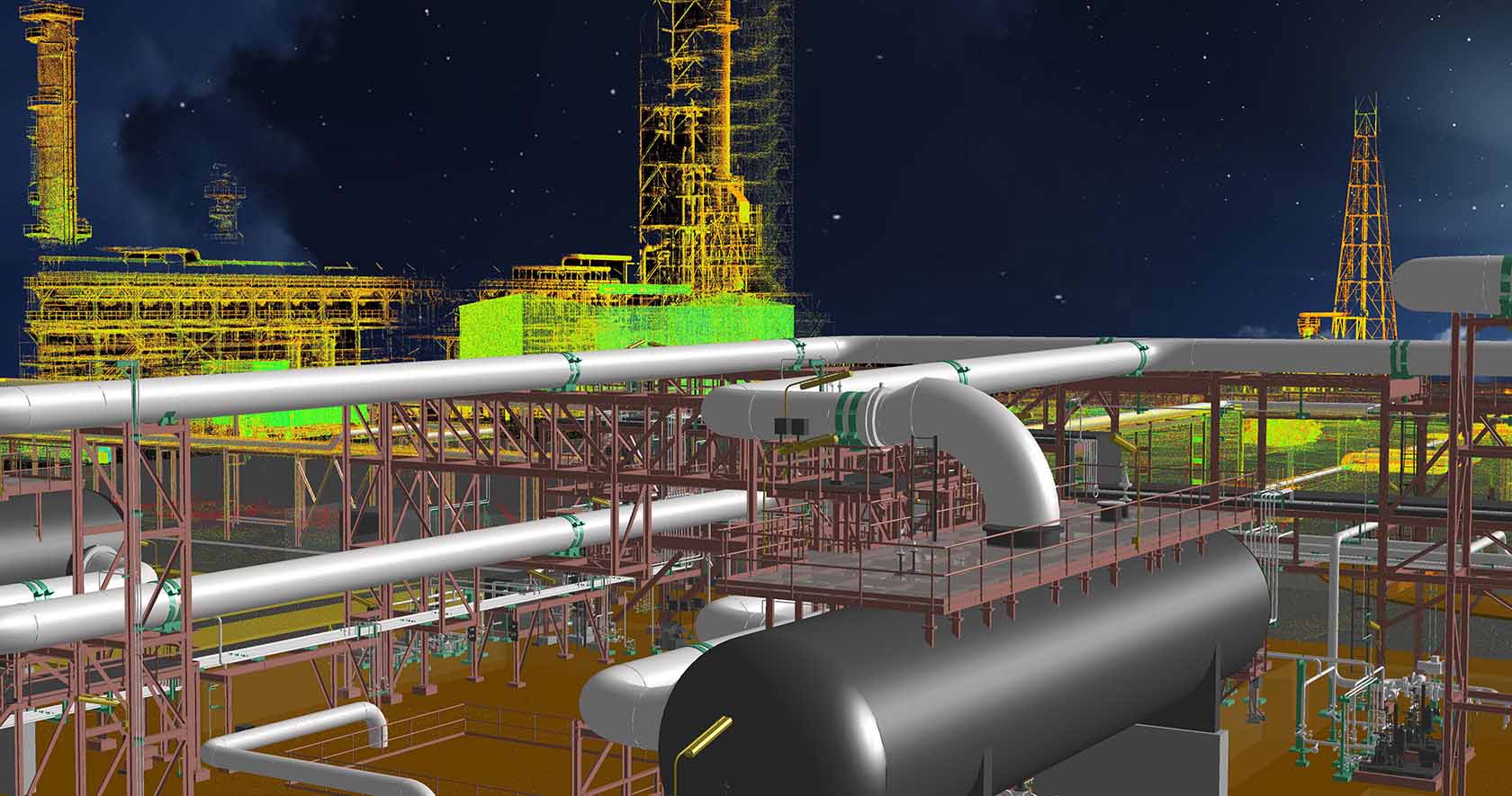
The solution focuses on the quality and integrity of the design, which can be calculated by just simply maintaining common or complicated design rules rather than trying to reduce errors. Design on 3D modelling handles both these two issues.
- With real-time clash checks, hidden possible space issues can be found right from the engineering in comparison with from the construction as usual.
- Design rules are moved with model objects, reducing re-modelling due to design changes or adjustments.
- Main disciplines like Structure, Equipment, Electrical, etc are integrated to ensure a complete and consistent design.
- Drawings are automatically generated with design reviews, ensuring that all drawings created from 3D models are as-is and approved. This means no needs for manual re-checks to make sure they are as-is.
Concurrent engineering
Real-time concurrent engineering allows users to work on the model concurrently. When decisions are made, the model is always updated, enabling easy adjustments according to comments from all the team. Drawings and BOMs are directly generated from the model in different scenarios, ensuring the Owner can have the most appropriate options.
Real-time concurrent engineering allows different disciplines to work and check clashes on the same model, helping faster detections of design issues. Earlier issues are found, easier resolutions are made with much lower costs. Design on 3D modelling helps the energy industry shorten their projects and reduce costs. It also helps EPC contractors optimize their human resources, reduce risks of safety, construction and insurance.
Faster and better engineering

50% of design time is in fact spent on searching related drawings and documents. Automation of drawings and reporting from the 3D model helps to improve performance and efficiency of the engineering process.
Technical rules integrated in all the objects of the model ensure consistency for the design, reducing human errors and committing pre-defined regulations. When the design is changed, other related components are automatically updated. These links help easier modifications, increasing the speed and improving the total design data.
Related products:


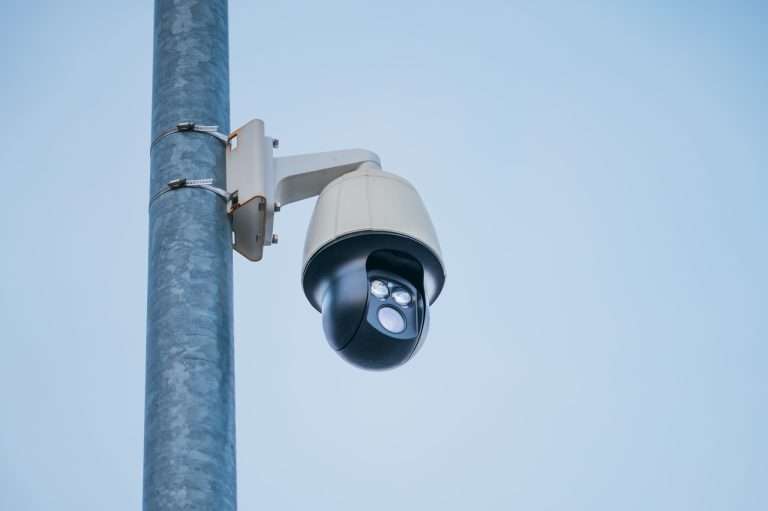
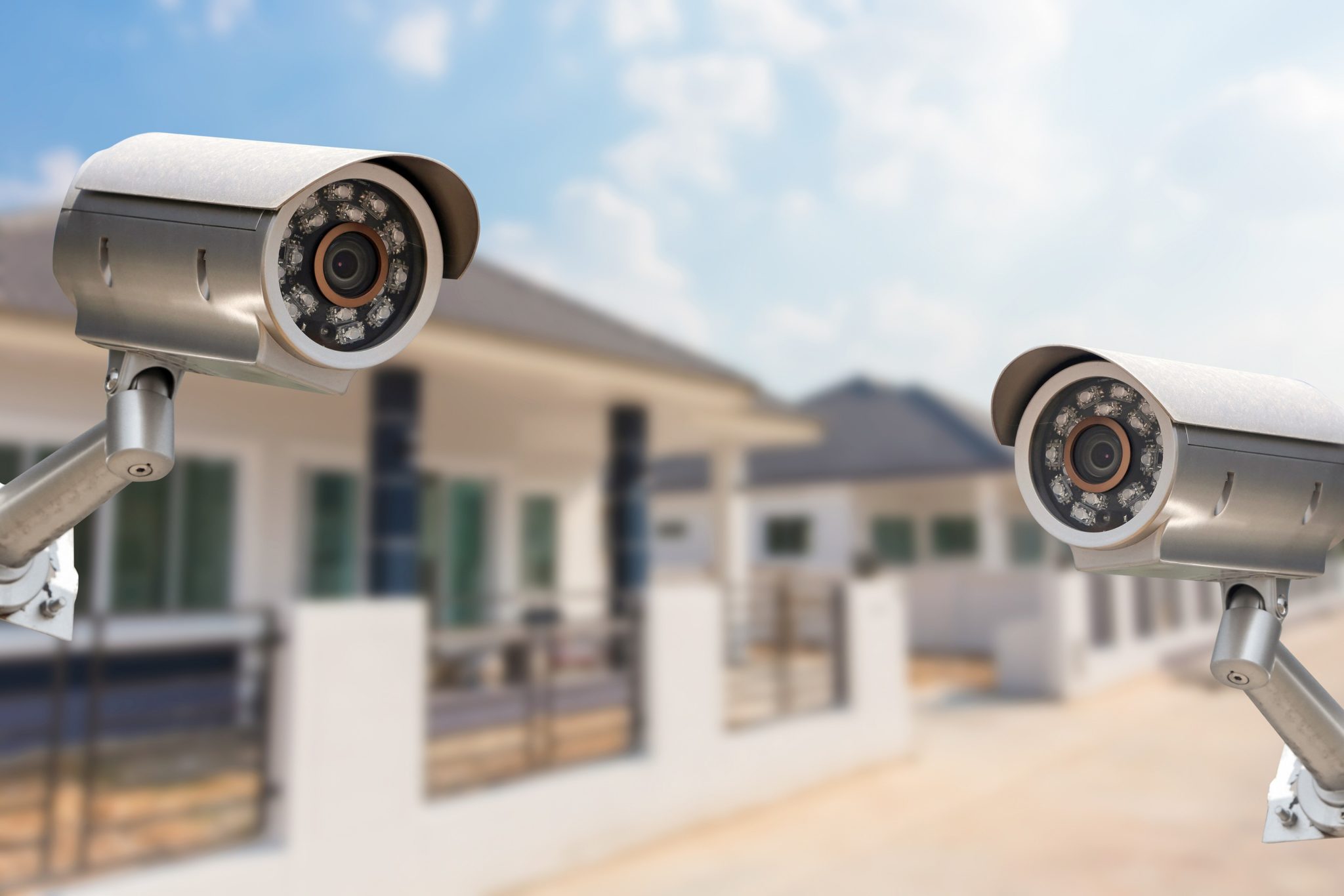

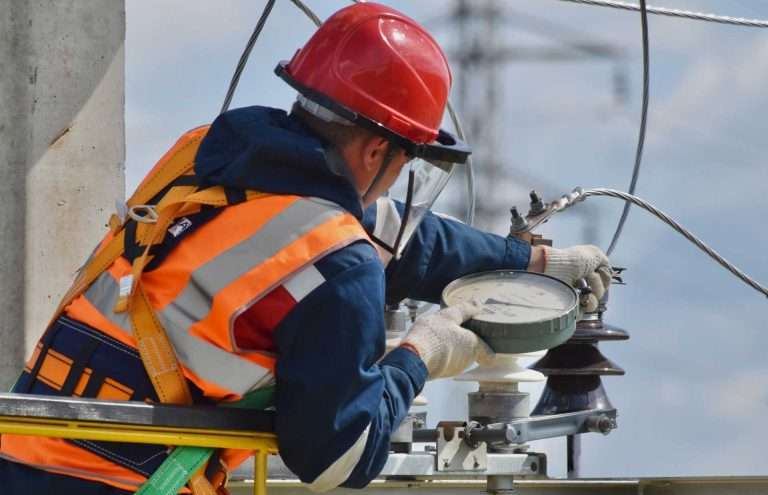
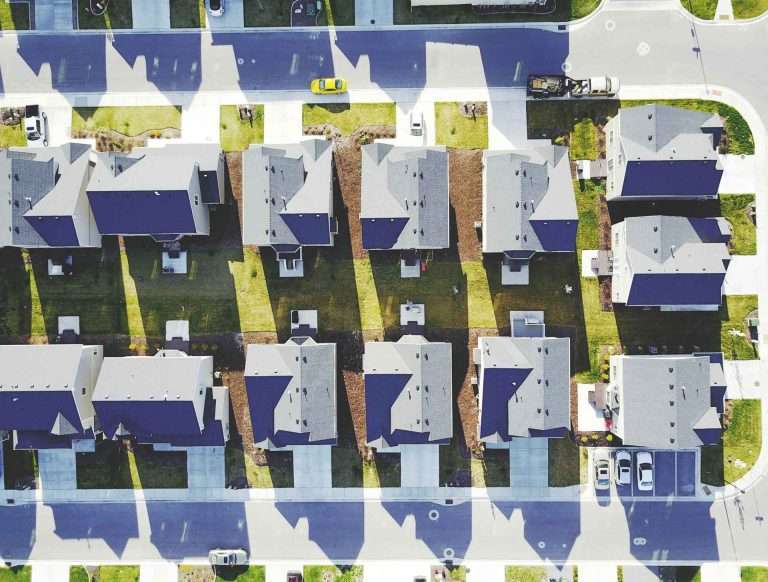
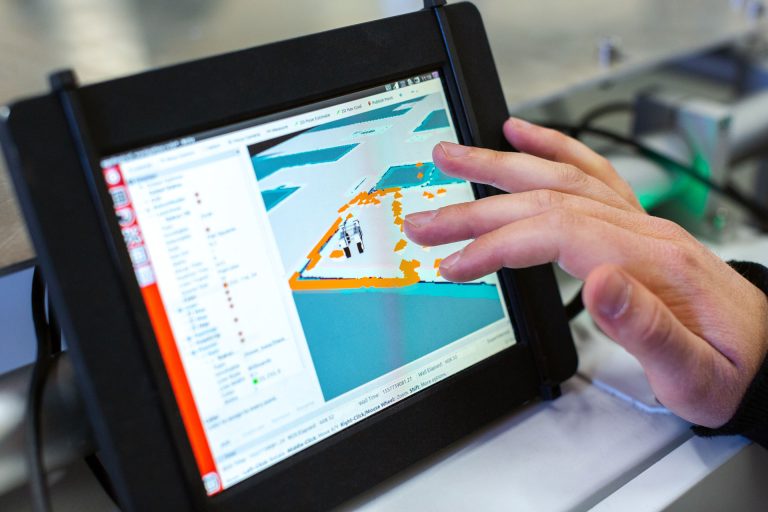
Comments